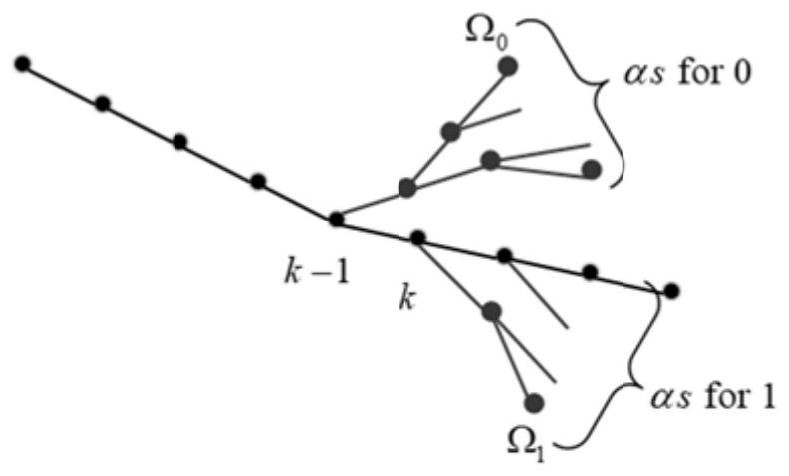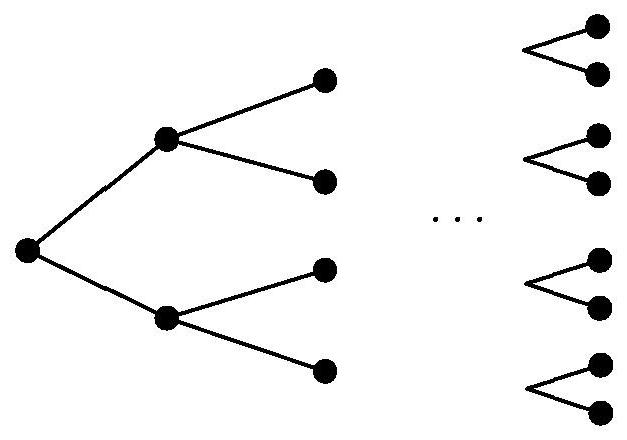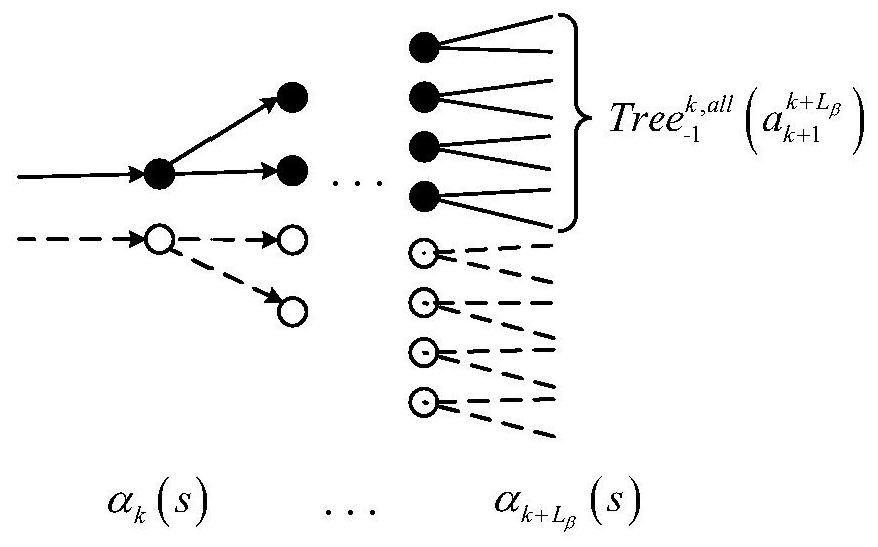A Received Signal Detection Method for Large Compression Ratio ftn System
A technology for receiving signals and detection methods, which is applied in the receiving field based on the ultra-low complexity M-BCJR algorithm, and can solve problems such as poor performance, unacceptable FTN systems with large compression ratios, and estimation deviation of backward probability.
- Summary
- Abstract
- Description
- Claims
- Application Information
AI Technical Summary
Problems solved by technology
Method used
Image
Examples
Embodiment
[0078] Based on the simulation parameters shown in Table 1, the present invention is applied to a single-carrier FTN system to verify its receiving performance.
[0079] Table 1 Simulation parameters
[0080] parameter configuration Modulation BPSK information bit length 4096 channel coder (7,5) convolutional code interleaver Random interleaver, depth 8192 Modulation pulse φ[n] Root raised cosine pulse (roll-off factor 0.3, 30 symbol periods) Compression factor τ 0.35 channel AWGN observation model ultra-minimum phase model smoothing filter 0.2z+0.6+0.2z -1
iteration gain factor g 0.3 iterations 50
[0081] Figure 6It is a structural block diagram of the single-carrier FTN system applying the method of the present invention in this embodiment. The source end inputs the binary information bit stream to be sent, and obtains the code after channel coding (convolutional code, turbo code, ...
PUM
 Login to View More
Login to View More Abstract
Description
Claims
Application Information
 Login to View More
Login to View More - R&D
- Intellectual Property
- Life Sciences
- Materials
- Tech Scout
- Unparalleled Data Quality
- Higher Quality Content
- 60% Fewer Hallucinations
Browse by: Latest US Patents, China's latest patents, Technical Efficacy Thesaurus, Application Domain, Technology Topic, Popular Technical Reports.
© 2025 PatSnap. All rights reserved.Legal|Privacy policy|Modern Slavery Act Transparency Statement|Sitemap|About US| Contact US: help@patsnap.com



